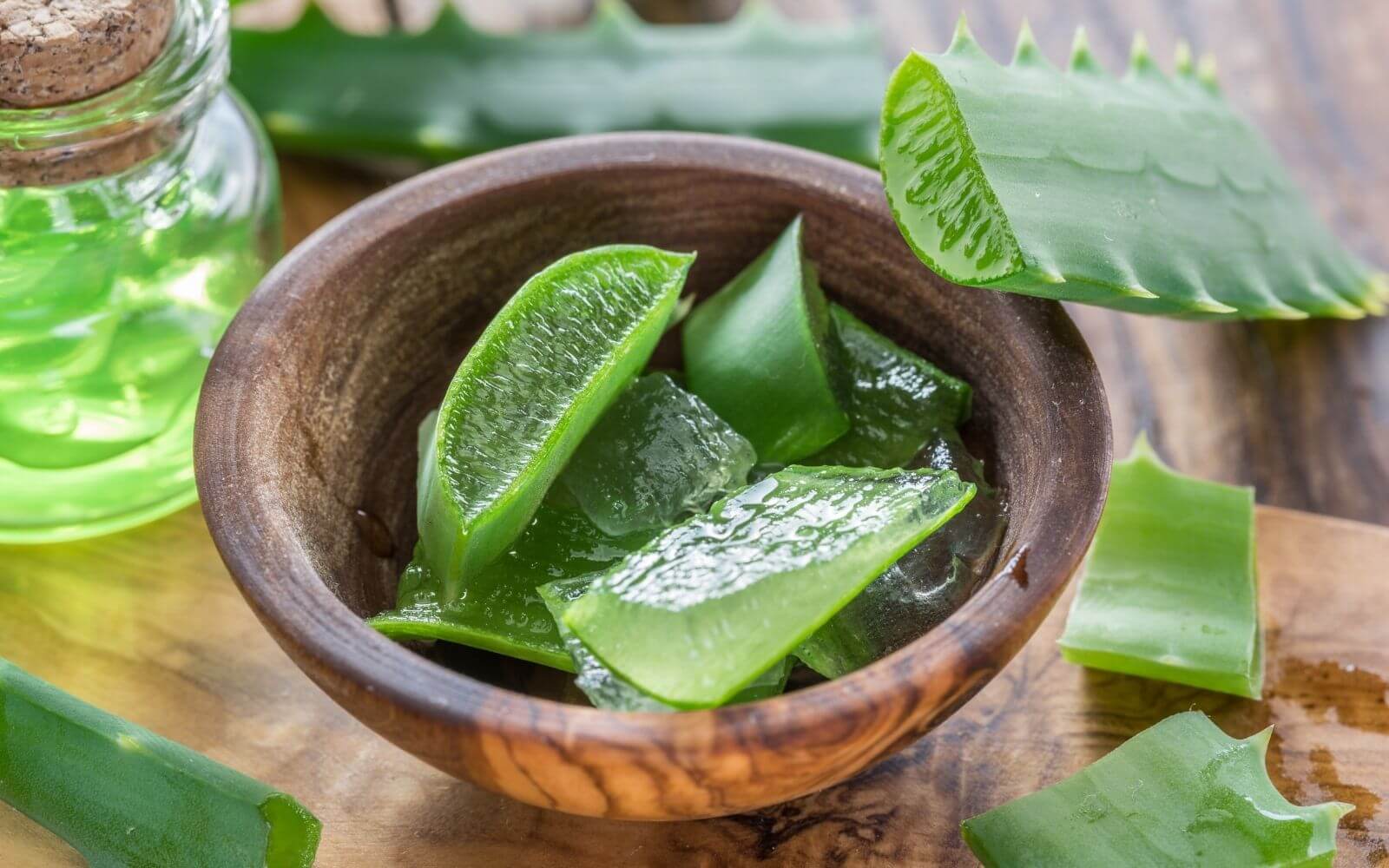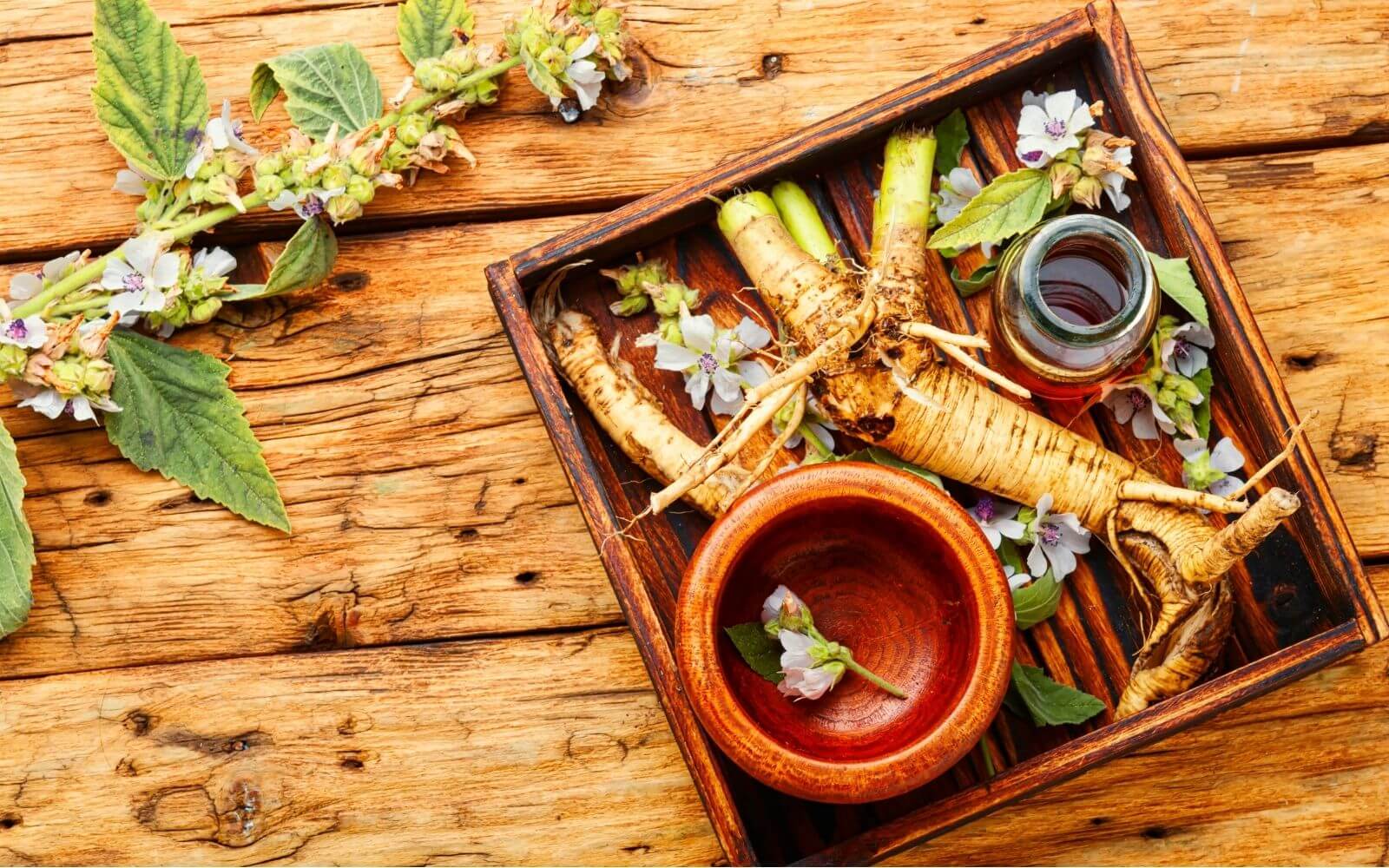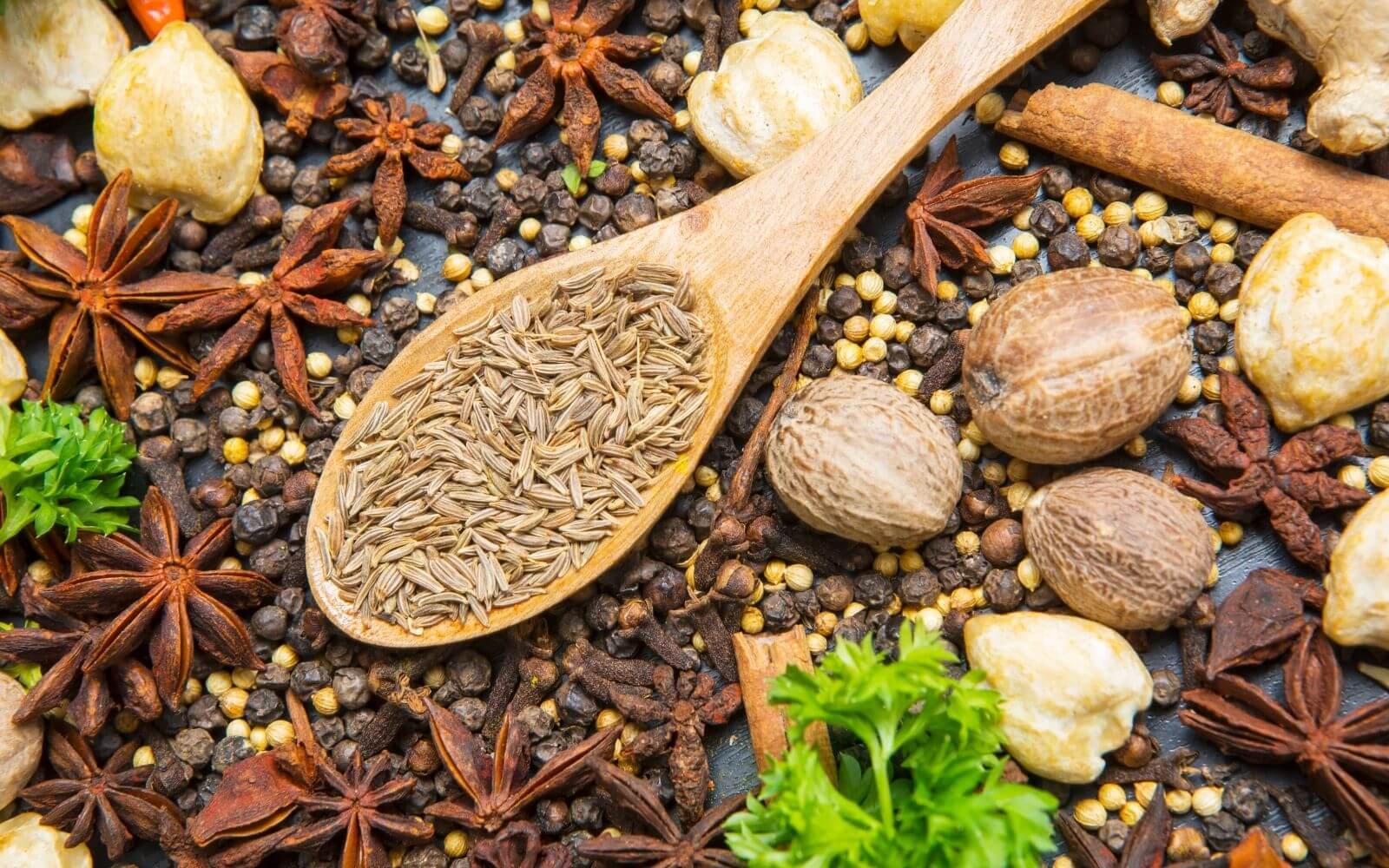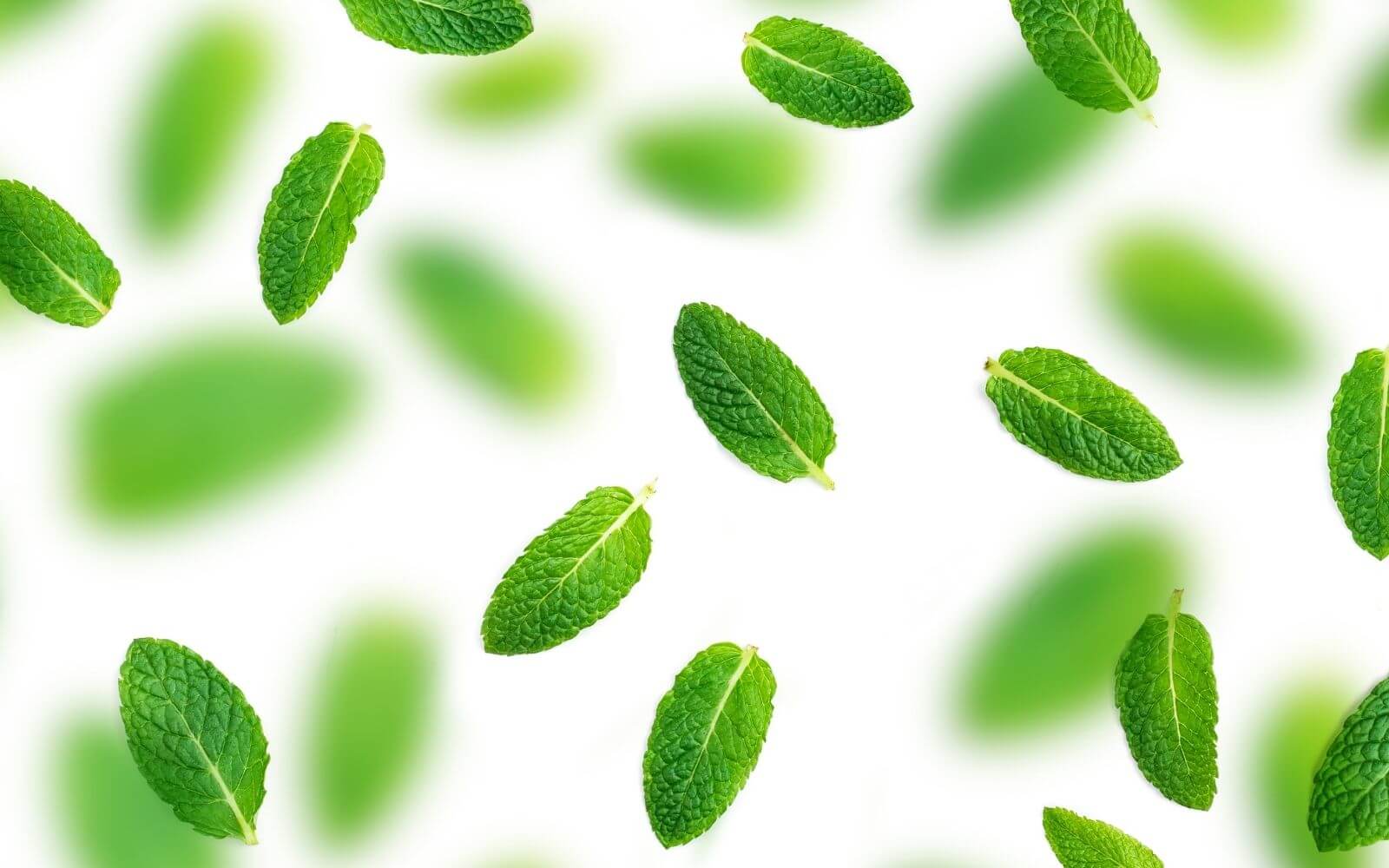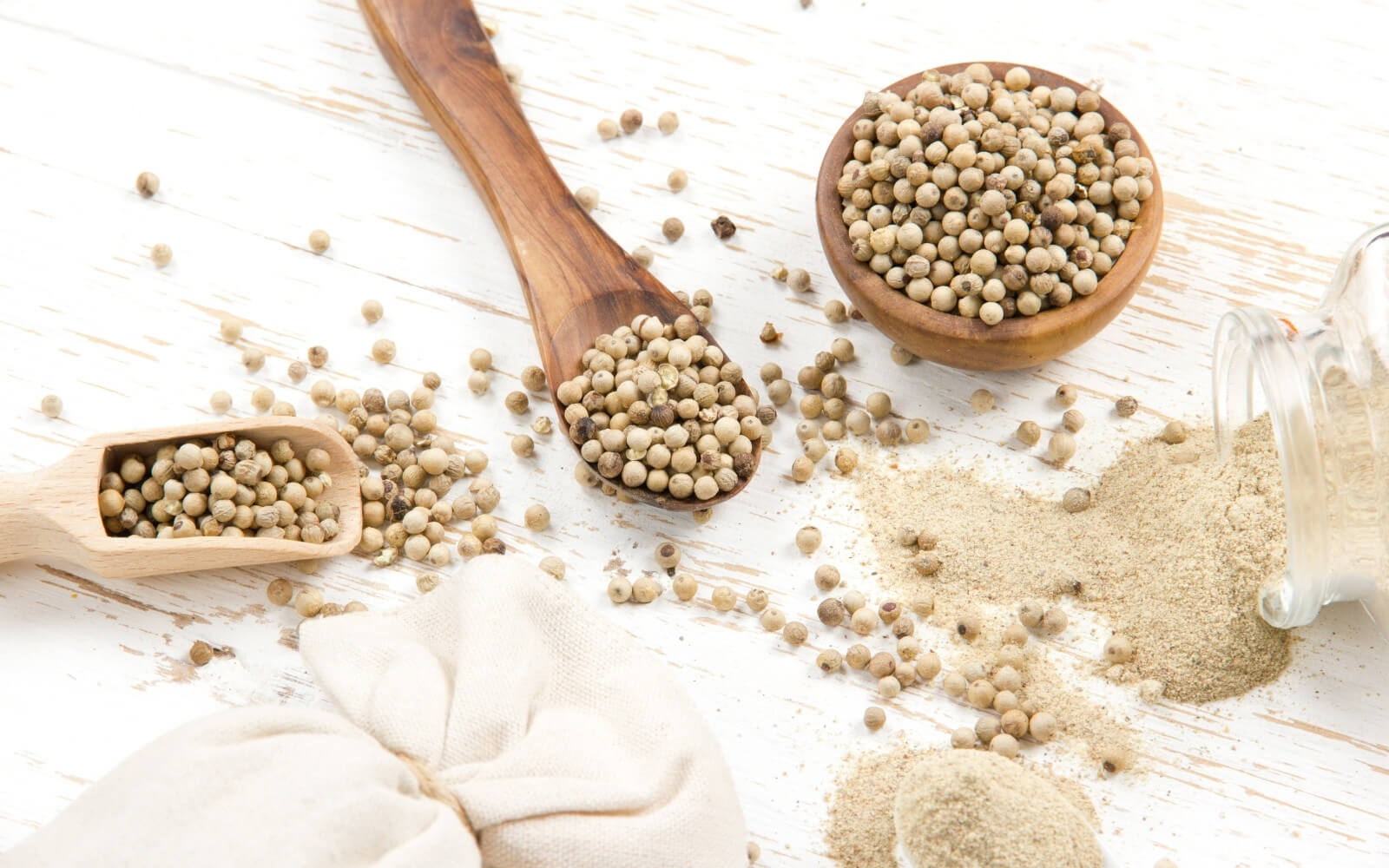Licorice Root: Benefits, Side Effects & Dosage

Licorice Root: Benefits, Side Effects & Dosage
Licorice root, which comes from the root of the licorice plant, is considered to be one of the world's oldest herbal remedies. In fact, the medicinal use of licorice dates back to ancient Egypt. It is native to Western Asia and Southern Europe and is used to treat a variety of different conditions. As of late, it has even been added into certain candies and drinks. In this article we discuss the benefits, side effects, and dosage of licorice root.
What is Licorice Root?
Licorice root is an ancient herb found in Western Asia and Southern Europe and can help treat and ease symptoms of a number of different conditions.
Licorice Root Benefits
Today licorice root is used to treat heartburn, digestive discomfort, acid reflux, hot flashes, bacterial and viral infections, and coughs. It can be consumed as a capsule or liquid supplement. Below we discuss the benefits of licorice root.
1. May Improve Skin Health
Licorice root contains over 300 plant compounds, many of which posses anti-inflammatory, antibacterial, and antiviral properties. For this reason, licorice root may help treat skin conditions like acne and eczema.
For example, a 2-week study that included 60 healthy adults found that applying a topical gel containing licorice root once daily significantly improved eczema. When used for acne, licorice root has a similar yet less substantial effect.
2. Can Reduce Acid Reflux and Indigestion
Licorice root is often used to improve digestion and reduce symptoms of indigestion like acid reflux, upset stomach, and heartburn. Research also suggests that it may alleviate symptoms of gastroesophargeal reflux disease (GERD).
One 30-day study found that the 50 adult participants who experienced frequent indigestion, benefited tremendously from consuming a 75 mg licorice root capsule twice daily.
An 8-week study that included 58 adults with GERD, found that a low dose of glycyrrhetinic acid in combination with standard treatment resulted in significant improvements in symptoms. What's more, a subsequent study found that over a two year period, licorice root was more effective than commonly used antacids in alleviating symptoms of GERD.
3. May Help Treat Peptic Ulcers
A peptic ulcer is a painful sore that can develop in your stomach, lower esophagus, or even small intestine. Licorice root may help to treat peptic ulcers.
One study in mice concluded that 91 mg of licorice root per pound of body weight better protected the body from ulcers than omeprazole, a commonly used peptic ulcer medication. A recent study in humans found similar results.
4. Has Anticancer Properties
Licorice root contains numerous plant compounds with antioxidant, anti-inflammatory, and anticancer effects.
Recent research shows that licorice extract has been linked to slowing or even preventing uncontrollable cell growth in skin, breast, prostate, and colorectal cancers.
A 2-week study in 60 adults with neck cancer found that a topical licorice solution was as effective as the standard oral mucositis treatment.
5. Can Ease Respiratory Conditions
Both licorice root extract and licorice root tea may aid various respiratory conditions. This is due to their anti-inflammatory and antimicrobial effects. For example, animal studies revealed that glycyrrhizin extract from licorice root helps to relive asthma. Furthermore, human studies suggest that licorice root tea may protect against strep throat.
Although these results look promising more research may be need in this particular domain.
6. May Protect Against Cavities
Licorice root can help prevent cavities by limiting the growth of harmful bacteria.
In a 3-week study, 66 preschool-aged children were given (sugar-free) 15 mg licorice root lollipops twice daily during the school week. Researchers found that consuming the lollipops significantly reduced the number of Streptococcus mutans bacteria, which is one of the main causes of cavities.
Additional Health Benefits of Licorice Root
Licorice root may have several other additional health benefits including:
- Reduce symptoms of menopause: Licorice root may help decrease hot flashes during menopause.
- Aid diabetes: Studies suggests that daily consumption of licorice root can significantly improve blood sugar levels and kidney health.
- Boost weight loss: Licorice root may help lower body mass index (BMI).

Licorice Root Dosage
Licorice root is available in several different forms including tea, capsules or tablets, and topical gels. Another and perhaps better option is to look for deglycyrrhizinated licorice (DGL) powders or capsules.
This form of licorice root is free of glycyrrhizin—which is responsible for many of licorice roots side effects.
The recommended dosage for licorice root can range from 100 mg taken once daily to 450 mg daily.
Licorice Root Side Effects
This ancient herbal remedy is generally recognized as safe for use by the FDA. There are, however, certain individuals who should either avoid supplementing with licorice root (not DGL) or consult with their medical practitioner first.
- Pregnant or breastfeeding women
- Those on blood pressure medication
- Those on blood thinners
- Those on cholesterol lowering medication, including stations
Licorice Root (DGL) Supplement
Clean Gut™ is an all-natural gut health supplement that soothes, strengthens, and protects your intestinal tract and gut. It’s formulated with 250 mg of licorice root extract (DGL) and 5 other superfoods that work together to fortify your gut lining.

You can shop Clean Gut here.
Overall
Licorice root is considered to be one of the world's oldest herbal remedies dating back to ancient Egypt. It is native to Western Asia and Southern Europe and is used to treat a variety of different conditions.
Licorice root is available in several different forms including tea, capsules, and topical gels. Another option is to look for deglycyrrhizinated licorice (DGL) powders or capsules. This form of licorice root is free of glycyrrhizin—which is responsible for many of licorice roots side effects.
The recommended dosage for licorice root can range from 100 mg taken once daily to 450 mg daily.
Leave a comment
Comments will be approved before showing up.
Also in Ingredients

Slippery Elm Bark Benefits, Side Effects & Dosage

8 Benefits of Aloe Vera



